The Russian tile and ceramic market is a landscape of constant flux and significant potential. Shaped by its unique economic, cultural, and geopolitical forces, it has consistently adapted to internal and external pressures. As we move closer to 2030, understanding the future trajectory of this vital sector is paramount for manufacturers, investors, distributors, and designers looking to secure a competitive edge. This isn’t merely about forecasting sales figures; it’s about anticipating shifts in consumer behavior, technological advancements, production capabilities, and the broader macroeconomic environment that will redefine the market over the next decade.
This comprehensive outlook delves into the key developments poised to influence the Russian tile and ceramic industry. We will explore the macroeconomic drivers, evolving consumer demands, groundbreaking technological innovations, and the strategic shifts in distribution that will shape the market’s landscape. By dissecting these multifaceted factors, this article aims to provide a clear, actionable vision of what lies ahead, enabling stakeholders to formulate robust strategies for success in the dynamic Russian market up to and beyond 2030.
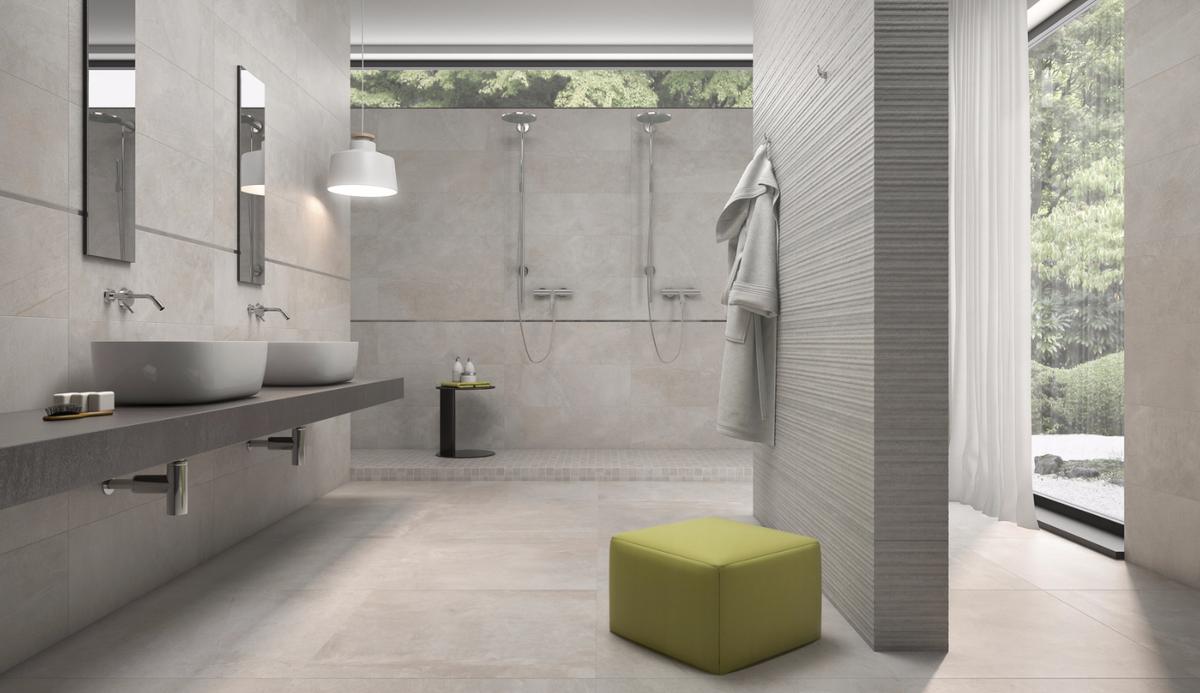
Macroeconomic Drivers Shaping the Russian Market to 2030
The foundational pillars of the Russian tile and ceramic market are deeply intertwined with the nation’s broader economic health and geopolitical standing. Forecasting to 2030 requires a careful consideration of these overarching influences.
Economic Stability and Growth Projections
The trajectory of Russia’s GDP, inflation rates, and, crucially, consumer disposable income will be pivotal. While global economic uncertainties persist, the Russian government’s focus on domestic stability and import substitution is likely to continue to bolster local industries. Projections suggest a steady, albeit moderate, economic growth, driven by diversification efforts and adaptation to external pressures. This stability is critical because it directly impacts consumer confidence and their willingness to invest in large-scale home renovations and new constructions. A stable ruble and controlled inflation are key to maintaining purchasing power, which, in turn, fuels demand for both affordable and premium tile products. Investment in real estate, particularly in residential construction, will remain a primary engine, with urbanization trends continuing to concentrate demand in major cities and rapidly developing regional centers.
Government Policies and Investment in Construction
State initiatives will play an increasingly dominant role in shaping the demand for tiles. The Russian government has consistently prioritized housing programs, infrastructure development, and urban renewal projects. These initiatives are not just about building new structures; they are about improving living standards and modernizing the country’s aging infrastructure.
- Housing Development: Expect continued state support for affordable housing, mortgage programs, and large-scale residential complex construction. These projects inherently require vast quantities of ceramic and porcelain tiles for bathrooms, kitchens, hallways, and facades.
- Infrastructure Modernization: Investment in public transport (metro expansions), airports, railway stations, and public spaces will drive demand for high-performance, durable tiles suitable for high-traffic areas, particularly technical porcelain stoneware.
- Regional Development: Beyond Moscow and St. Petersburg, regional development programs aimed at boosting economic activity in secondary cities will create new pockets of demand, diversifying the market’s geographical reach.
These government-backed programs provide a significant and relatively stable demand base for the tile industry, underpinning its long-term growth prospects regardless of short-term economic fluctuations.
Geopolitical Landscape and Trade Reorientation
The evolving geopolitical landscape and the imposition of international sanctions have profoundly reshaped Russia’s trade relationships and will continue to do so towards 2030.
- Import Substitution: The policy of import substitution, already a strong trend, is likely to intensify. This means greater focus on bolstering domestic production capabilities to reduce reliance on foreign suppliers, particularly from traditional European sources. Russian manufacturers will continue to expand their product ranges and improve quality to fill gaps left by reduced imports.
- New Trade Partners: Russia will continue to reorient its trade towards countries less affected by sanctions. Expect increased imports from and collaboration with manufacturers in countries like Turkey, India, China, and Iran. These nations may become more significant players in supplying diverse tile products to the Russian market, especially in segments where European alternatives were historically dominant.
- Logistical Challenges: While new trade routes emerge, logistical complexities due to longer supply chains and altered transport corridors will remain a factor, potentially impacting delivery times and costs. The industry will need to adapt by optimizing domestic logistics and fostering stronger relationships with reliable logistics partners.
Shifting Consumer Preferences and Design Trends
The preferences of Russian consumers are dynamic, influenced by global trends, increasing exposure to international design, and evolving lifestyles. These shifts will significantly impact product development and market demand by 2030.
The Rise of Modern Aesthetics and Urbanization
The ongoing urbanization trend, particularly among younger generations, is driving a strong preference for modern, minimalist, and Scandinavian-inspired interior designs.
- Large-Format Tiles: The demand for large and extra-large format porcelain stoneware will continue to grow. These tiles create a sense of spaciousness, seamlessness, and sophistication, aligning perfectly with modern architectural concepts for both residential and commercial spaces.
- Nature-Inspired Designs: Tiles mimicking natural materials like wood, marble, concrete, and various types of stone will remain highly popular. Advancements in digital printing technology will make these imitations even more realistic and diverse, offering consumers the aesthetic appeal of natural materials with the superior performance of ceramics.
- Neutral Palettes: Expect a continued preference for neutral color palettes – various shades of gray, beige, white, and earthy tones – which provide a versatile backdrop for modern interiors and allow for flexibility in decor choices.
Focus on Durability and Functionality
Beyond aesthetics, the practical demands of the Russian climate and consumer habits will continue to prioritize durability and functionality.
- Frost Resistance: For exterior applications, balconies, and even certain high-traffic interior areas (e.g., entrance halls), frost-resistant porcelain stoneware will remain the undisputed champion due to its ability to withstand extreme temperature fluctuations.
- Wear and Slip Resistance: Given the high foot traffic in public spaces and the practical needs of families, tiles with high wear resistance (PEI ratings) and anti-slip properties will be increasingly sought after, ensuring longevity and safety.
- Ease of Maintenance: Busy urban lifestyles drive demand for materials that are easy to clean and maintain, making ceramic and porcelain tiles a practical choice for various surfaces.
Sustainability and Eco-Consciousness
While perhaps not as prominent as in Western Europe, a nascent but growing trend towards sustainability and eco-consciousness will influence purchasing decisions by 2030. Consumers are becoming more aware of the environmental impact of building materials. This could translate into:
- Demand for Certified Products: Interest in tiles produced with lower energy consumption, reduced waste, and made from recycled content will likely increase.
- Healthy Home Environment: A growing preference for materials that are low in VOCs (volatile organic compounds) and contribute to a healthier indoor environment.
- Local Sourcing: Preference for domestically produced tiles using local raw materials, which reduces transportation carbon footprint.
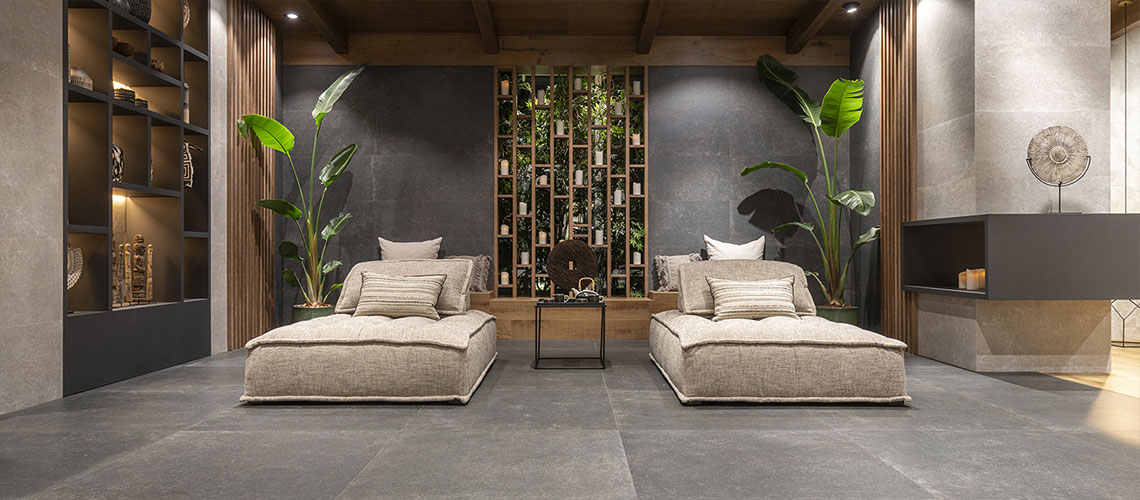
Technological Advancements and Production Innovations
The Russian ceramic industry has already invested significantly in modernization, and this trend is set to accelerate towards 2030, driven by the need for increased efficiency, quality, and competitiveness.
Automation and Industry 4.0 in Russian Factories
Russian tile manufacturers will continue their push towards higher levels of automation and the adoption of Industry 4.0 principles. This includes:
- Robotics: Increased use of robotics in material handling, glazing, and packing to reduce labor costs and improve precision.
- Smart Manufacturing: Integration of IoT (Internet of Things) sensors and data analytics to optimize production processes, predict maintenance needs, and reduce waste.
- Energy Efficiency: Further investment in energy-efficient kilns and production lines, driven by both cost-saving imperatives and growing environmental awareness.
These advancements will allow Russian producers to manufacture a wider range of complex, high-quality products more efficiently, strengthening their competitive position against international rivals.
Digital Printing and Design Capabilities
Digital printing technology will continue to evolve, offering unprecedented design flexibility.
- Hyper-Realistic Textures: Expect even more realistic and tactile textures that mimic natural materials, with subtle variations and imperfections that enhance authenticity.
- Customization: The ability to produce bespoke designs and custom patterns on demand could become more widespread, catering to niche markets and high-end projects.
- ۳D Printing for Ceramics: While still nascent, the potential for 3D printing technologies to create complex ceramic forms for architectural elements or decorative pieces could emerge by 2030.
Product Innovation: Specialized and High-Performance Tiles
The market will see a greater demand for tiles with specialized functionalities:
- Antibacterial and Antiviral Tiles: Particularly relevant in the wake of global health concerns, tiles with antimicrobial properties will gain traction for public spaces, healthcare facilities, and potentially residential kitchens and bathrooms.
- Self-Cleaning and Air-Purifying Tiles: Innovations that allow tiles to break down pollutants or repel dirt will appeal to consumers seeking low-maintenance and healthier living environments.
- Outdoor Porcelain (20mm+ thickness): The popularity of thick outdoor porcelain tiles for terraces, patios, and public landscaping will continue to rise due to their extreme durability and ease of installation (dry laying on grass, gravel, or pedestals).
Distribution Channels and Digital Transformation
The way tiles are sold and delivered in Russia is undergoing a profound transformation, with digital channels playing an increasingly central role.
The Ascendancy of E-commerce
The growth of e-commerce for home goods and building materials is undeniable and will only accelerate.
- Online Marketplaces: Platforms like Ozon, Wildberries, and specialized building material online stores will become even more dominant for B2C and even smaller B2B purchases.
- Direct-to-Consumer (DTC) Models: Manufacturers and large distributors will likely invest more in their own online stores, offering a wider selection, personalized recommendations, and efficient delivery services.
- Virtual Showrooms: The use of augmented reality (AR) and virtual reality (VR) technologies will allow consumers to visualize tiles in their own spaces before purchasing, enhancing the online shopping experience.
Evolution of Traditional Retail
Physical showrooms and DIY stores will not disappear but will evolve to offer integrated digital experiences.
- Experience Centers: Showrooms will transform into immersive design centers, offering expert consultation, large-scale displays, and digital tools for design visualization.
- Click-and-Collect: Integration of online and offline channels will see an increase in “click-and-collect” options, allowing customers to order online and pick up at a nearby physical location.
- Logistics Hubs: Traditional retail spaces might also double as local distribution hubs, optimizing last-mile delivery.
Logistics and Supply Chain Optimization
With the growth of e-commerce and potentially more diversified international trade routes, optimizing logistics will be critical. This includes:
- Warehouse Modernization: Investment in automated warehouses and efficient inventory management systems.
- Last-Mile Delivery: Development of more efficient and cost-effective last-mile delivery solutions, especially in densely populated urban areas.
- Digital Tracking: Greater transparency and real-time tracking of orders from factory to customer.
Competitive Dynamics and Strategic Positioning
The competitive landscape in the Russian tile market will continue to evolve, characterized by the strengthening of domestic players and the emergence of new international relationships.
Domestic Players’ Continued Dominance
Russian manufacturers are set to further consolidate their position. Driven by government support for import substitution and ongoing investments in technology, they will continue to enhance their product quality, design capabilities, and cost-effectiveness. This will allow them to compete more fiercely across all price segments, including the premium categories traditionally dominated by European imports. Expect further mergers and acquisitions among domestic players, leading to larger, more vertically integrated companies.
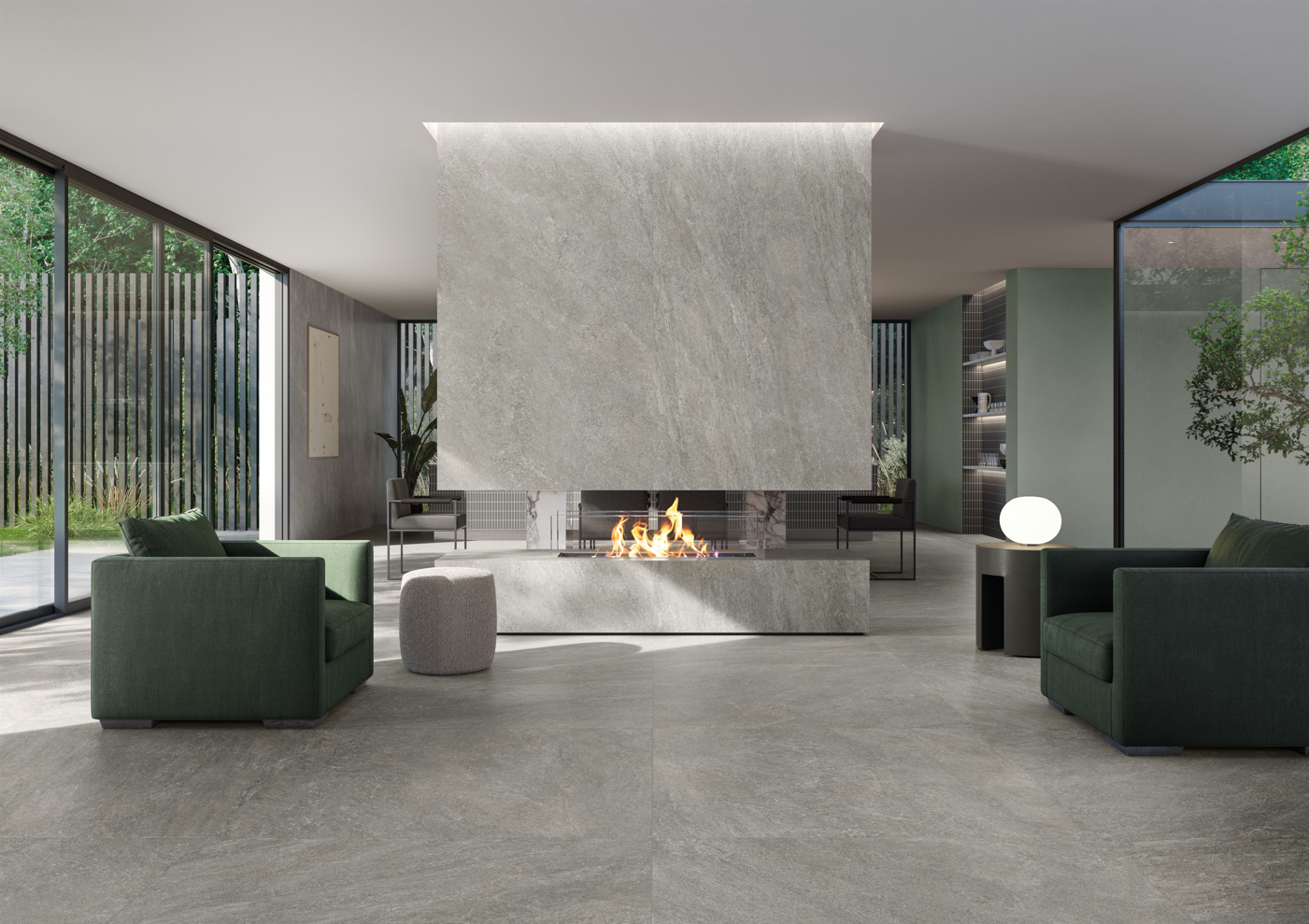
New International Entrants and Partnerships
As the geopolitical situation necessitates a reorientation of trade, new international players will emerge as significant suppliers. Countries from Asia (e.g., India, Vietnam), the Middle East (e.g., Turkey, Iran), and perhaps even South America could increase their market share in Russia. Strategic partnerships between Russian and these new international manufacturers, potentially involving technology transfer or joint ventures, are likely to increase. These collaborations will aim to diversify supply, introduce new designs, and ensure a stable flow of products into the market.
Conclusion
The Russian tile and ceramic market is on the cusp of significant transformation leading up to 2030. It will be a market defined by resilience, technological ambition, and strategic adaptation. While macroeconomic and geopolitical factors will continue to exert influence, the underlying drivers of growth—robust construction activity, evolving consumer tastes, and a strong push for domestic manufacturing excellence—will ensure its vibrancy. Success in this future landscape will hinge on agility, a keen understanding of shifting consumer preferences, a commitment to technological integration, and the ability to forge strong, adaptable supply chains. For those who can effectively navigate these complex dynamics, the Russian tile and ceramic market promises substantial opportunities for growth and innovation in the years to come.
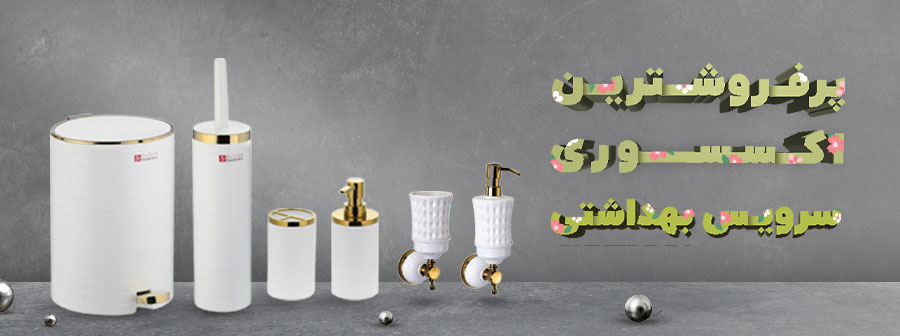
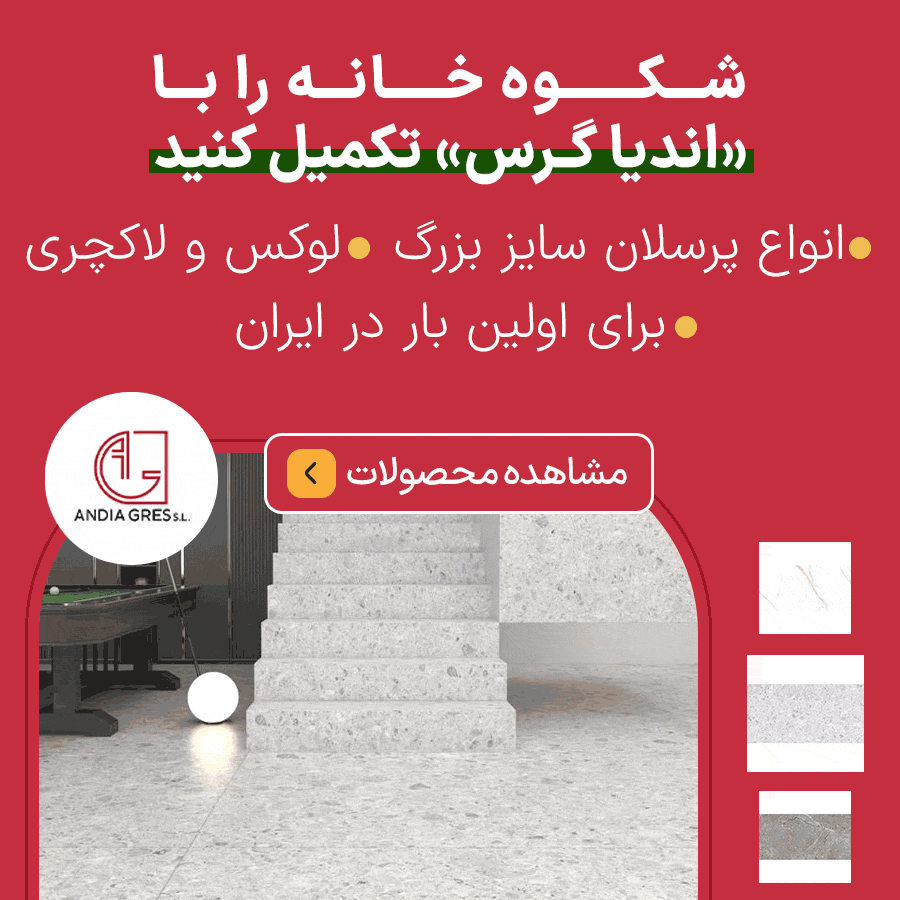
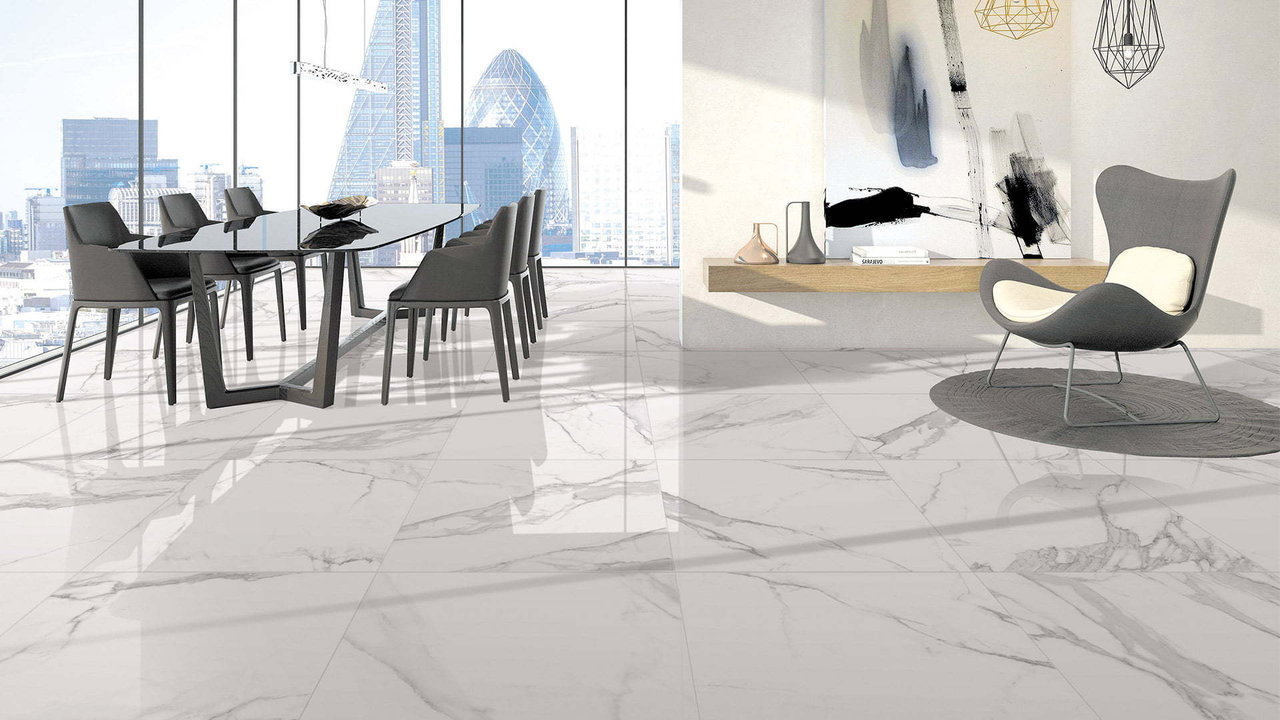
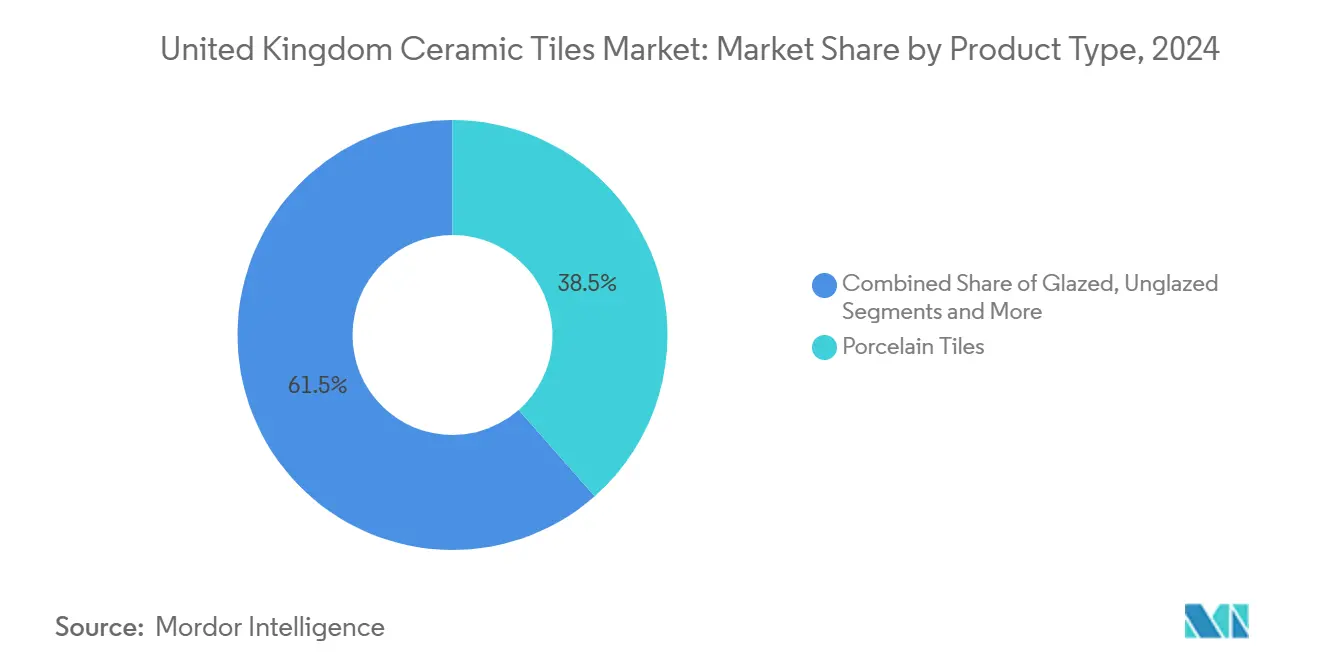
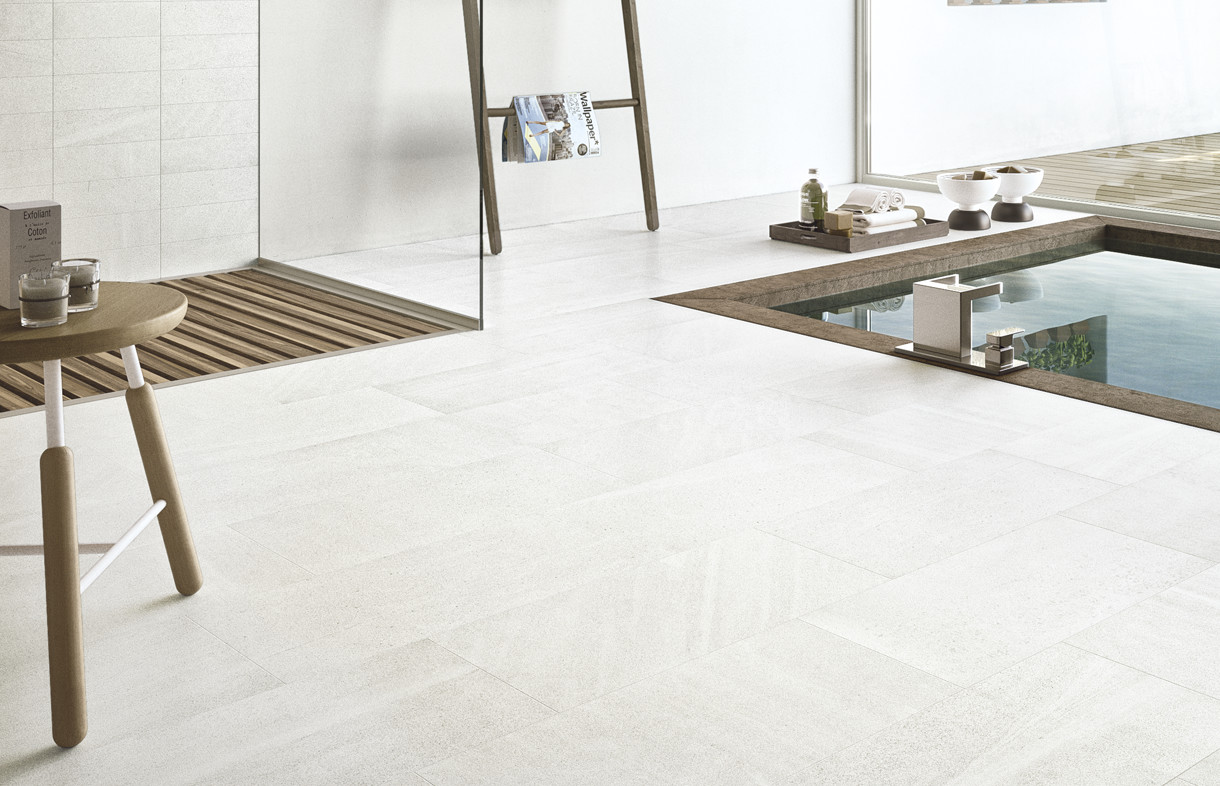

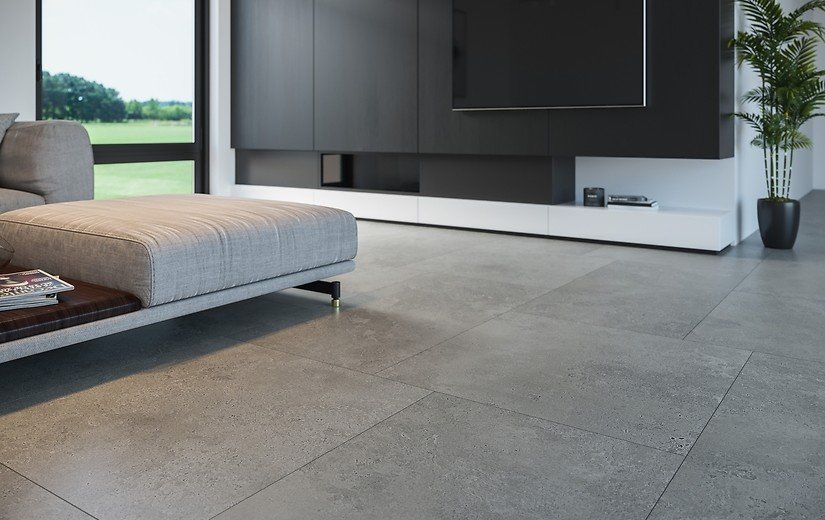
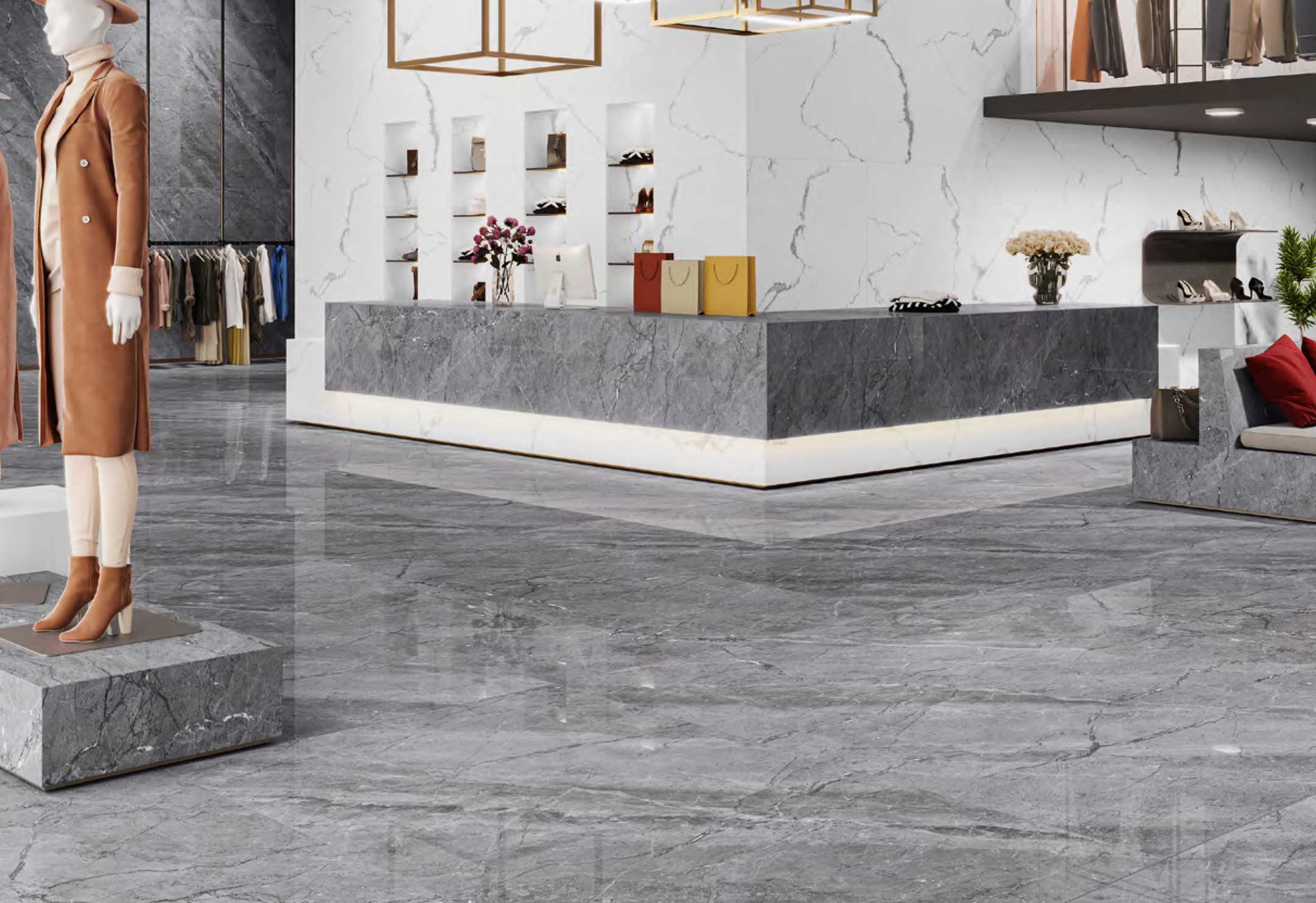
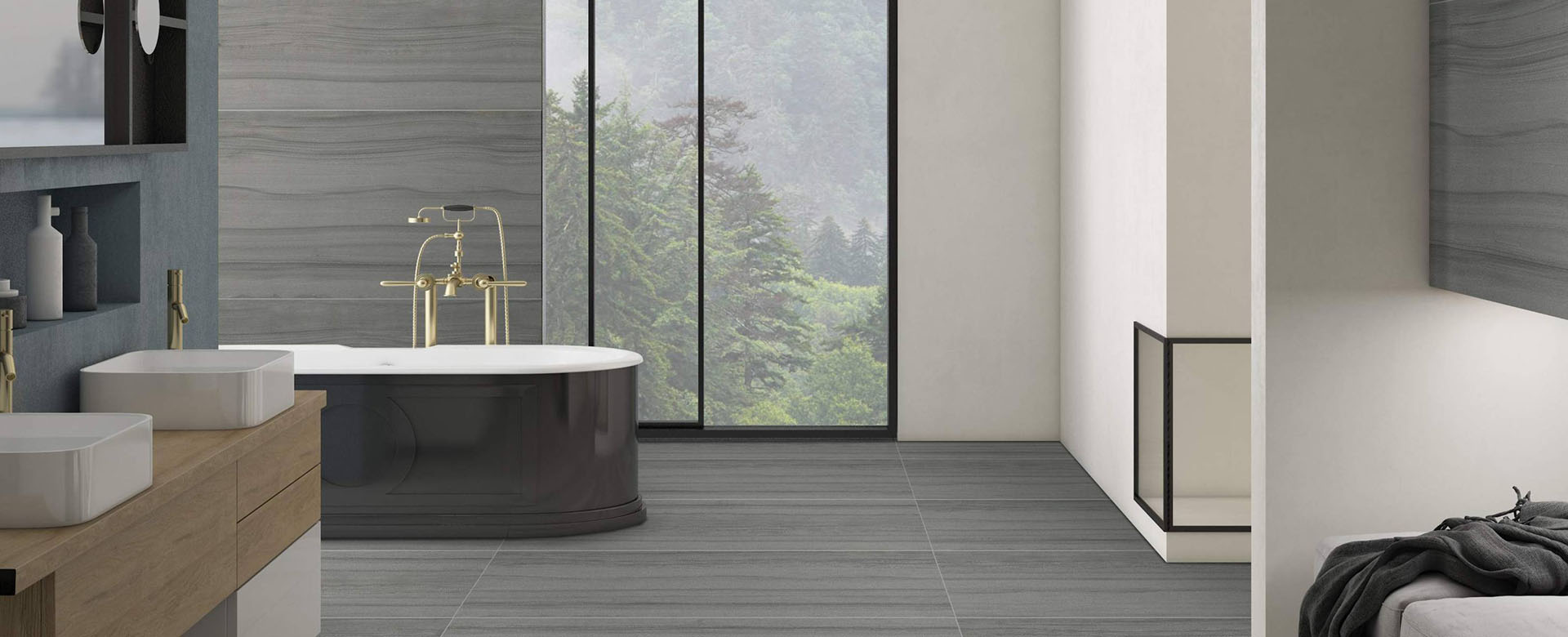
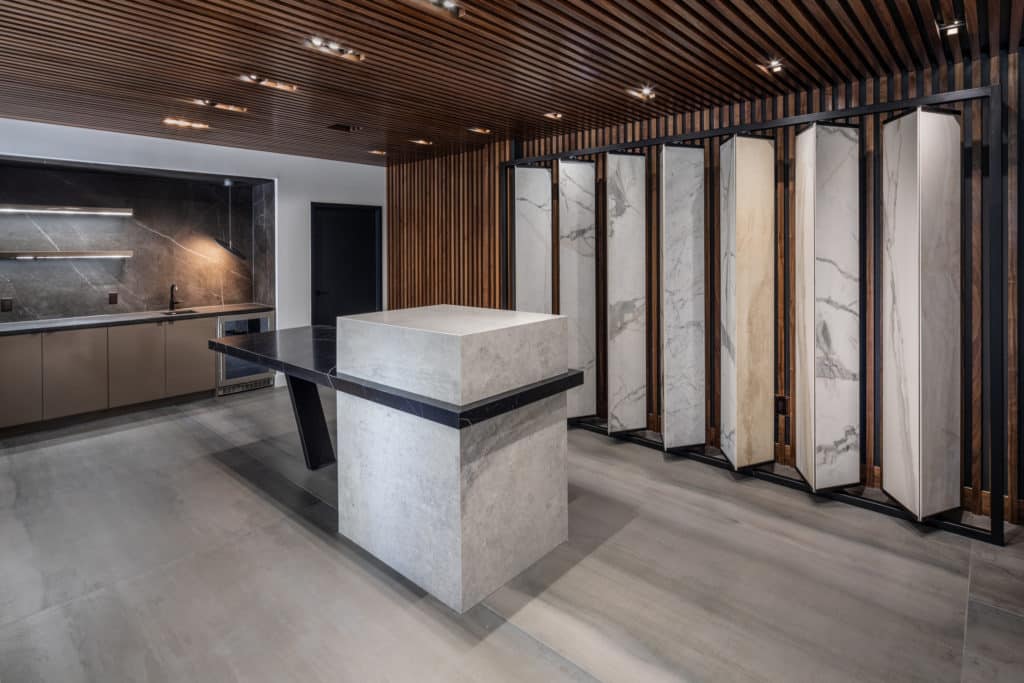
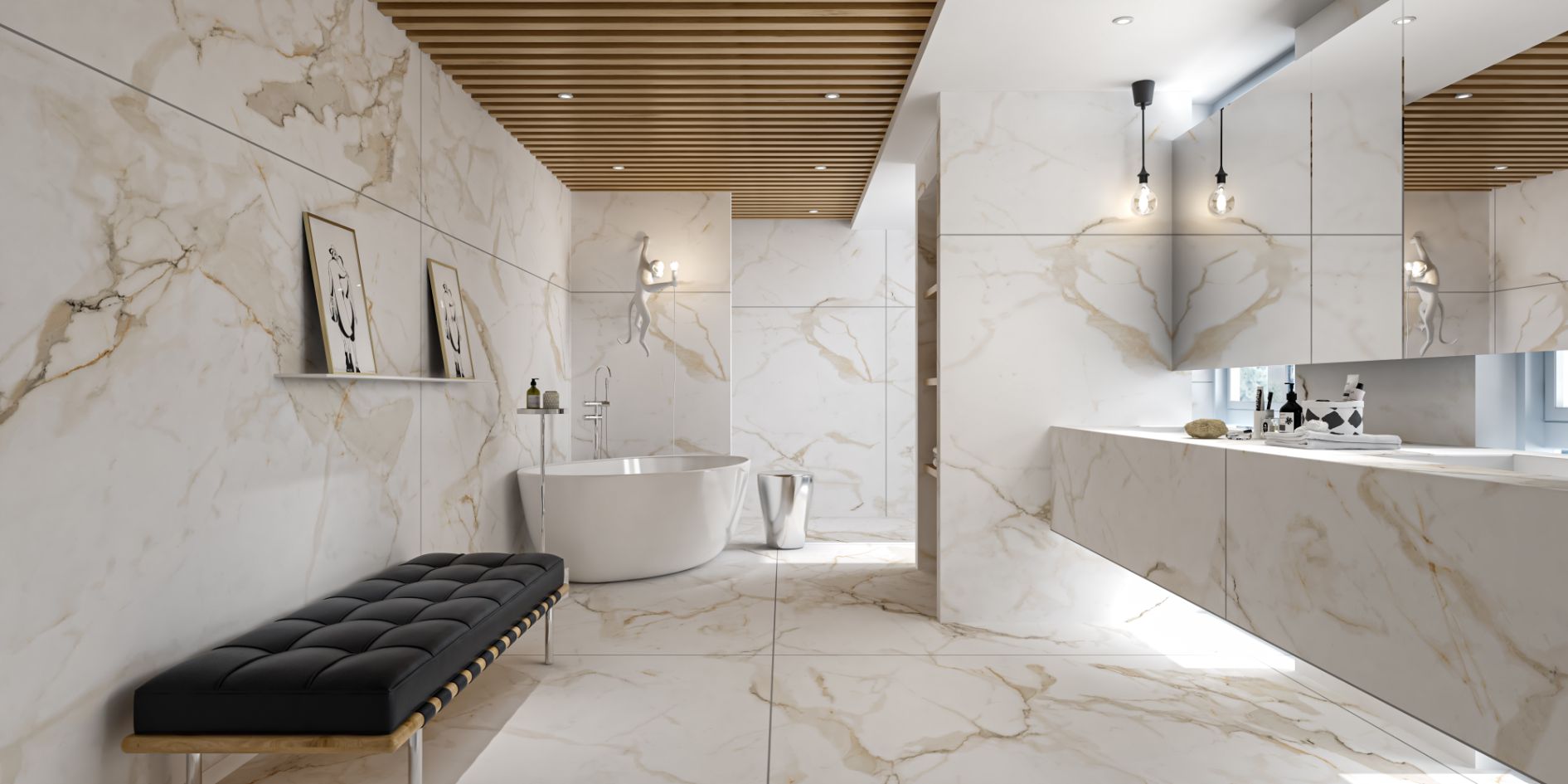
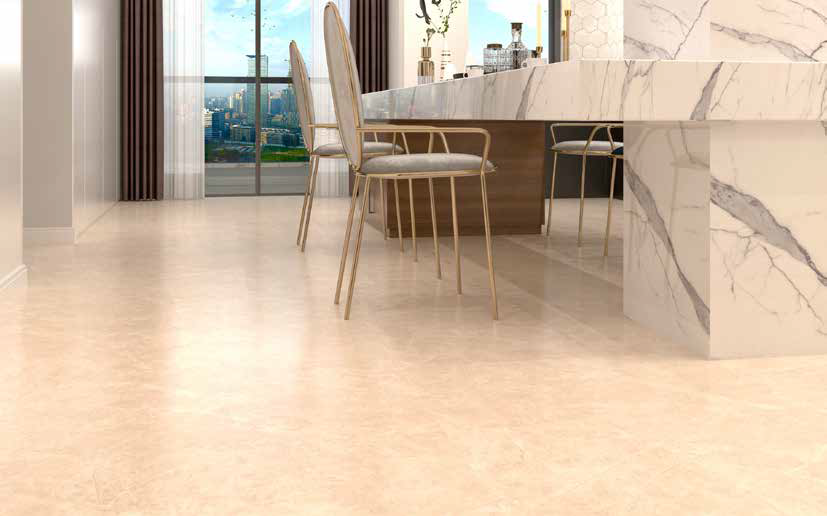
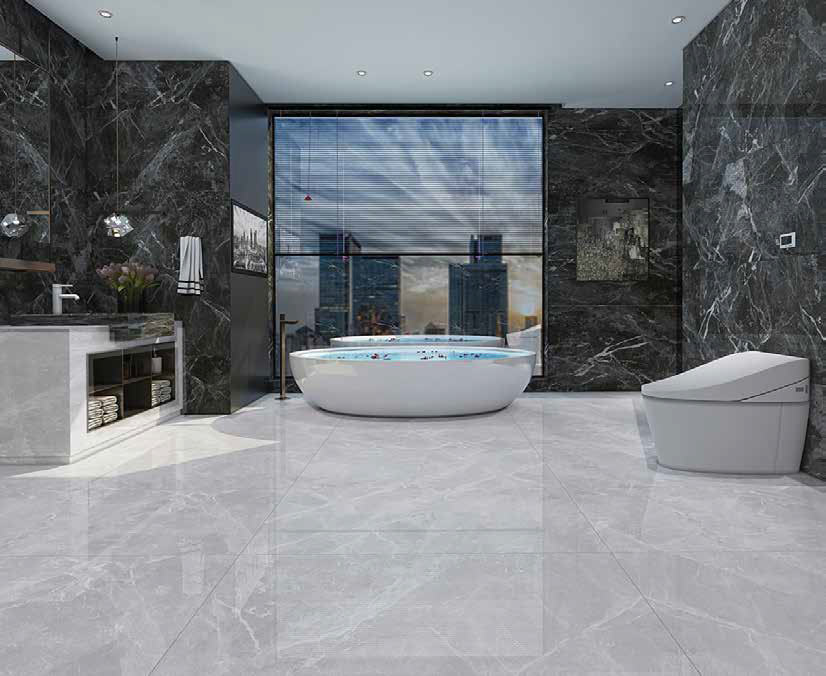
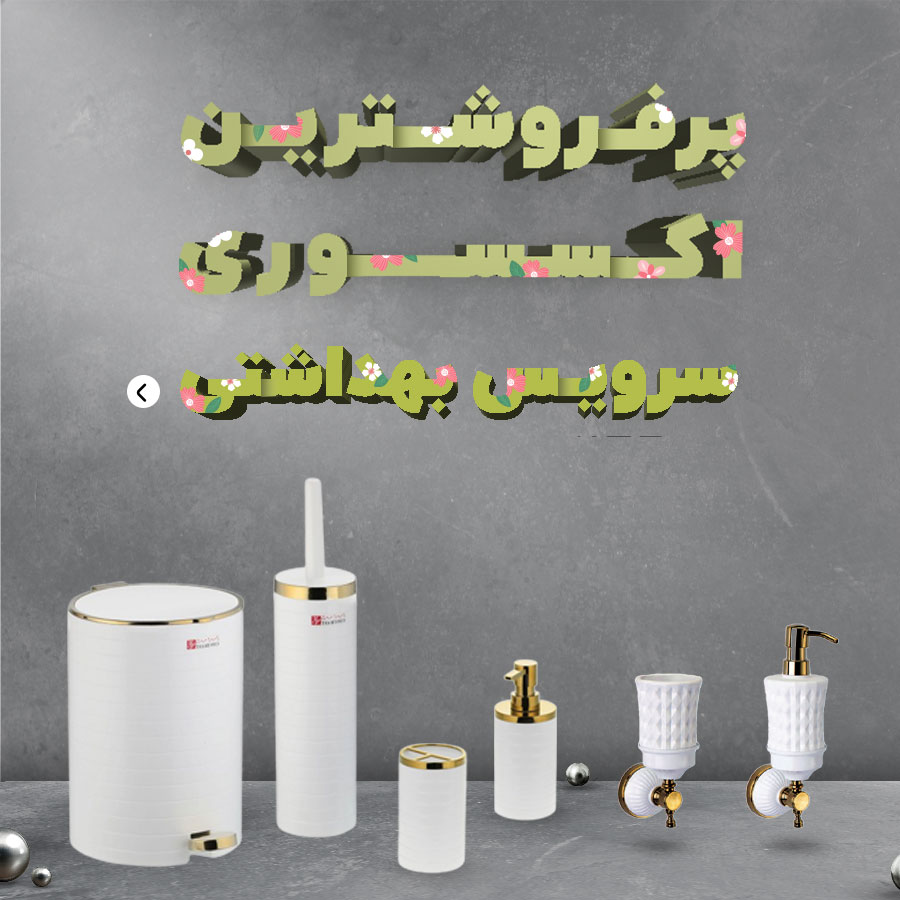

نظرات ۰